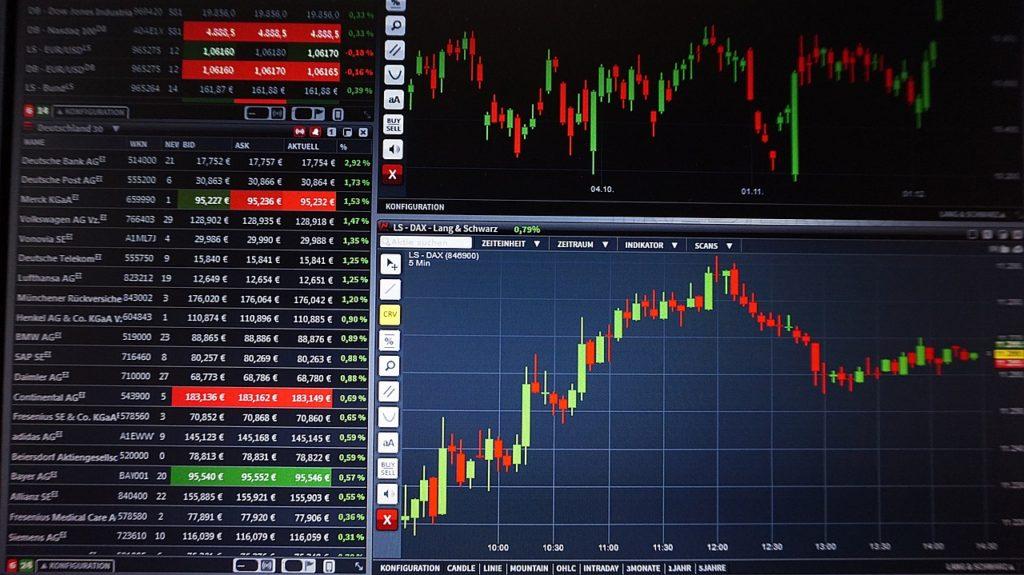Forex market analysis is an essential tool for any trader looking to make informed decisions about buying and selling currency pairs. There are two main types of forex analysis: fundamental and technical analysis. Both are equally important and getting to know the differences between them and how to use them can help traders improve their chances of success.

Fundamental Analysis
Fundamental analysis is the study of economic, financial, and other qualitative and quantitative factors that impact currency exchange rates. It’s based on the idea that a country’s economic and political conditions can have an impact on the value of its currency. Factors that can influence a currency’s value include inflation, interest rates, unemployment rates, political stability, and natural disasters, to name a few.
In fundamental analysis, traders use various tools to gather information about these factors, such as news releases, economic indicators, and government reports. They then analyze this data to determine the strength of a country’s economy and the likely direction its currency will take.
For example, if a country’s economy is growing, its currency is likely to appreciate as investors become more confident in its future prospects. Similarly, if a country’s central bank raises interest rates to combat inflation, its currency may appreciate as investors seek higher returns.
Technical Analysis
Technical analysis is the study of past price movements and market trends to predict future price movements. It’s based on the idea that market participants behave in predictable patterns, and that these patterns can be used to identify trading opportunities.
In technical analysis, traders use charts and other technical tools. For example, a position size calculator is a free tool that lets you to calculate the size of the position in units and lots to accurately manage your risk.
Traders can use information gained from technical tools to make trading decisions based on the assumption that past price patterns are likely to repeat themselves in the future. For example, if one currency pair has been in an uptrend for several months, a technical analyst may predict that it will continue to rise and take a long position. Alternatively, if a currency pair has been in a downtrend for a long time, the prediction will be that it will continue to fall and so the trader takes a short position.
Which One is Better?
There is no easy answer to the question of which type of analysis is better, as both have their advantages and limitations. Fundamental analysis is useful for traders who are interested in the long-term prospects of a currency pair, as it takes economic and political factors that can impact the market over time into account. On the other hand, technical analysis is useful for traders who are interested in short-term trading opportunities, as it focuses on price movements and market trends that can quickly change.
Combining these two types of analysis can provide traders with a more complete picture of the market and improve their chances of success. By using both fundamental and technical analysis, traders can identify both long-term trends and short-term trading opportunities.
BusinessTips.ph is an online Business Ezine that provides free and useful articles, guide, news, tips, stories and inspirations on business, finance, entrepreneurship, management and leadership, online and offline marketing, law and taxation, and personal and professional development to Filipinos and all the business owners, entrepreneurs, managers, marketers, leaders, teachers and business students around the world.
Leave a Reply